Diptera.info :: Identification queries :: Diptera (adults)
Who is here? 1 guest(s)
Page 1 of 2: 12
|
|
Muscidae ID
|
|
| Luis Alvarez |
Posted on 14-08-2016 10:24
|
|
Member Location: Pontevedra (Spain) Posts: 413 Joined: 24.01.13 |
I think another Helina (f), similar to http://www.diptera.info/forum/viewthread.php?thread_id=75094 but with less yellow legs, three hairs in the middle tibia (not two)... and it seems that more strongly infuscated cross veins. Galicia (Spain), 04/06/2016. Best regards, Luis Luis Alvarez attached the following image: 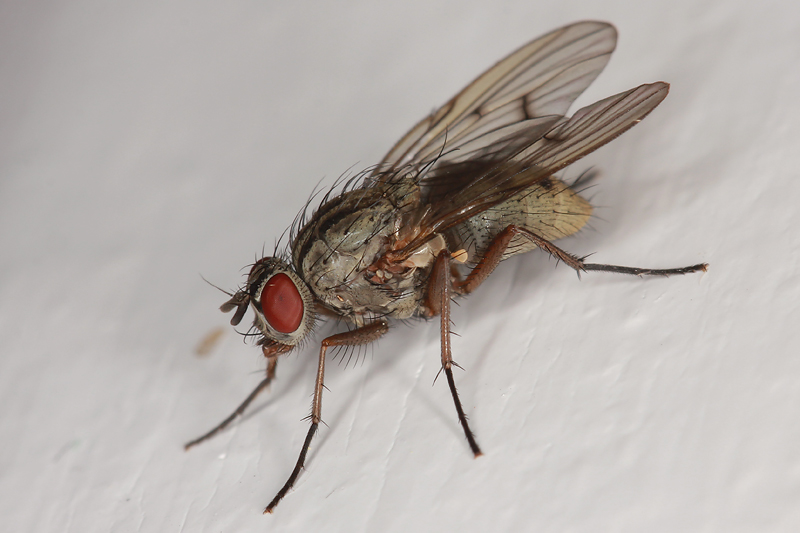 [196.92Kb] |
|
|
|
| oceanlis2000 |
Posted on 15-08-2016 10:49
|
|
Member Location: Wales, UK Posts: 570 Joined: 15.06.10 |
With Helina it is necessary to add a few more photos to show Number of stpl setae Radial node on ventral side of wing A good view of the thorax to see pre and post ac, both sides and a close up of the arista Dr Elisabeth A. Harris @FloraConsUK |
|
|
|
| Stephane Lebrun |
Posted on 15-08-2016 11:37
|
|
Member Location: Le Havre, France Posts: 8248 Joined: 03.03.07 |
oceanlis2000 wrote: With Helina it is necessary to add a few more photos to show Number of stpl setae Radial node on ventral side of wing A good view of the thorax to see pre and post ac, both sides and a close up of the arista It's true. The sternopleural (katepisternal) setae are well visible and 1+2. The arista seems bare. The prac are not necessary, since they only concern H. impuncta and H. quadrinotata which don't match at all in any case. When you can't see some critical details, you can always speculate with these details (if they are not too numerous) to see where the key leads you : the problem is that, for this species, if you assume that the radial node is setulose, you end up with the consimilis/fratercula/vicina/simulatrix/pollinosa group, where none of these really matches (some should have black femora, other a different chaetotaxy on legs or an unspotted abdomen etc.), and if you assume the radial node is bare, you end up to Helina impuncta/depuncta, which is also improbable. I answered for this similar one : http://www.dipter...d_id=75094. So this one is still a mistery. Probably a complex group to be revised. Stephane. |
|
|
|
| Luis Alvarez |
Posted on 15-08-2016 18:25
|
|
Member Location: Pontevedra (Spain) Posts: 413 Joined: 24.01.13 |
Thank you very much to both. The arista seems pubescent, or not? Best regards, Luis |
|
|
|
| Luis Alvarez |
Posted on 15-08-2016 18:26
|
|
Member Location: Pontevedra (Spain) Posts: 413 Joined: 24.01.13 |
Photo 2
Luis Alvarez attached the following image: 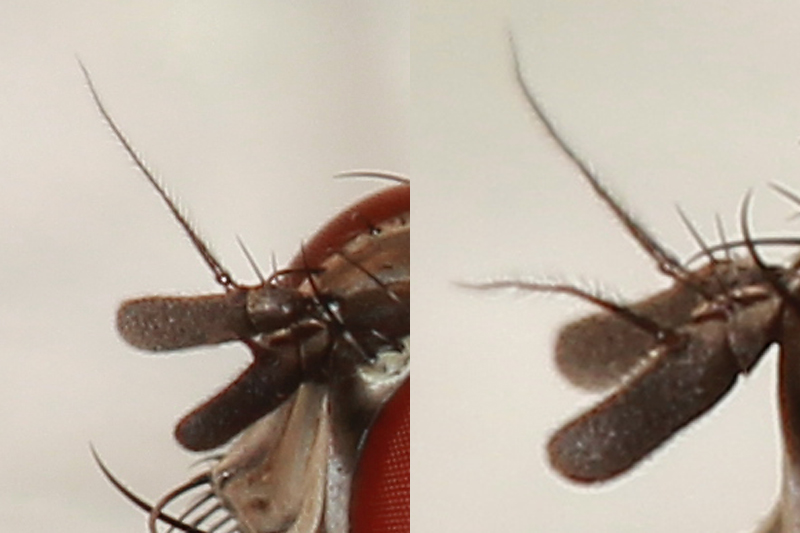 [168.45Kb] |
|
|
|
| Stephane Lebrun |
Posted on 15-08-2016 21:45
|
|
Member Location: Le Havre, France Posts: 8248 Joined: 03.03.07 |
Yes, pubescent. Pubescent or bare is the same for keys. Thanks for the additional pictures.
Edited by Stephane Lebrun on 15-08-2016 21:46 Stephane. |
|
|
|
| oceanlis2000 |
Posted on 18-08-2016 14:59
|
|
Member Location: Wales, UK Posts: 570 Joined: 15.06.10 |
Hi Luis Can you give me a bit more info 1. A photo of the radio-cubital node on the ventral side of the wing - close up we do need to see if any setulae are present 2. Femur 2 I need to see the number of v setae, whole view of femur and then basal 1/2 3. A close up of the prescutum just to check no preac, I'm not expecting any Thanks Dr Elisabeth A. Harris @FloraConsUK |
|
|
|
| Luis Alvarez |
Posted on 19-08-2016 19:28
|
|
Member Location: Pontevedra (Spain) Posts: 413 Joined: 24.01.13 |
Hello Elisabeth, I am sorry. I have only bad photos of what you need and the point 1 I do not have any. Thanks for your interest. Best regards, Luis Edited by Luis Alvarez on 19-08-2016 19:31 |
|
|
|
| Luis Alvarez |
Posted on 19-08-2016 19:29
|
|
Member Location: Pontevedra (Spain) Posts: 413 Joined: 24.01.13 |
.
Luis Alvarez attached the following image: 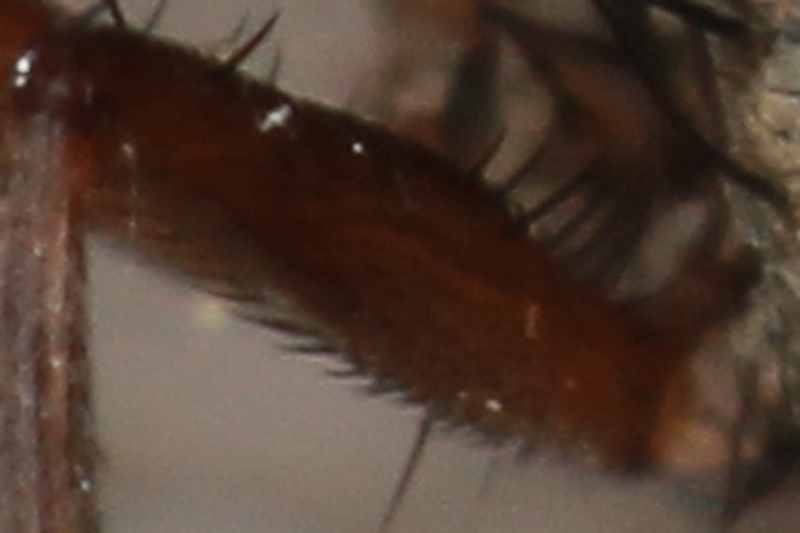 [130.95Kb] |
|
|
|
| Luis Alvarez |
Posted on 19-08-2016 19:30
|
|
Member Location: Pontevedra (Spain) Posts: 413 Joined: 24.01.13 |
.
Luis Alvarez attached the following image: 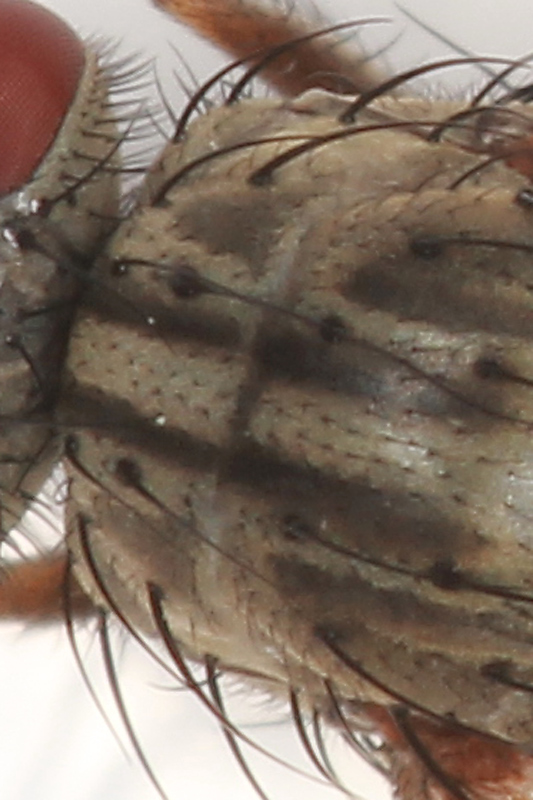 [182.46Kb] |
|
|
|
| oceanlis2000 |
Posted on 22-08-2016 14:54
|
|
Member Location: Wales, UK Posts: 570 Joined: 15.06.10 |
Thanks Luis, it moves things forwards, I do need to have a photo of the radio-cubital node on the ventral side of the wing Can you do this? Dr Elisabeth A. Harris @FloraConsUK |
|
|
|
| Luis Alvarez |
Posted on 23-08-2016 15:09
|
|
Member Location: Pontevedra (Spain) Posts: 413 Joined: 24.01.13 |
Hello Elisabeth, I don't have any picture ( and the fly was not collected ). Sorry Best regards, Luis Edited by Luis Alvarez on 23-08-2016 15:09 |
|
|
|
| oceanlis2000 |
Posted on 25-08-2016 10:56
|
|
Member Location: Wales, UK Posts: 570 Joined: 15.06.10 |
OK I'll give it one more go with this There are perhaps a few more things that can be done to narrow it down Photo of scutum to show number of post dc - probably 3? The photos of the arista are not from the same fly (1 has 2 arista, the other 1 broken can you remove the one that doesn't belong to the above fly) Close up of the pra seta Photo of tibia 3 to show of there is a pd in the basal 1/4-1/5th Photo of the abdomen to see how large the spots are, how visible Photo of the scutellum to show the length of the preapicals and apicals As Stephane said there are a few species it could be it can be narrowed down! Dr Elisabeth A. Harris @FloraConsUK |
|
|
|
| Luis Alvarez |
Posted on 28-08-2016 10:16
|
|
Member Location: Pontevedra (Spain) Posts: 413 Joined: 24.01.13 |
The photos of the arista are same fly. I´m sure. It is an optical effect (caused by the different angle of head). See for yourself in these two images
Edited by Luis Alvarez on 28-08-2016 10:25 |
|
|
|
| Luis Alvarez |
Posted on 28-08-2016 10:17
|
|
Member Location: Pontevedra (Spain) Posts: 413 Joined: 24.01.13 |
Photo 1
Luis Alvarez attached the following image: 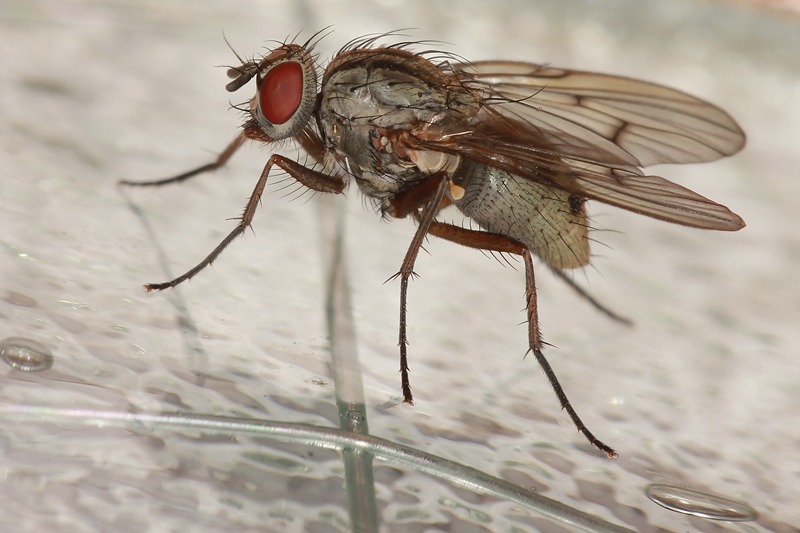 [187.82Kb] |
|
|
|
| Luis Alvarez |
Posted on 28-08-2016 10:18
|
|
Member Location: Pontevedra (Spain) Posts: 413 Joined: 24.01.13 |
and photo 2
Luis Alvarez attached the following image: 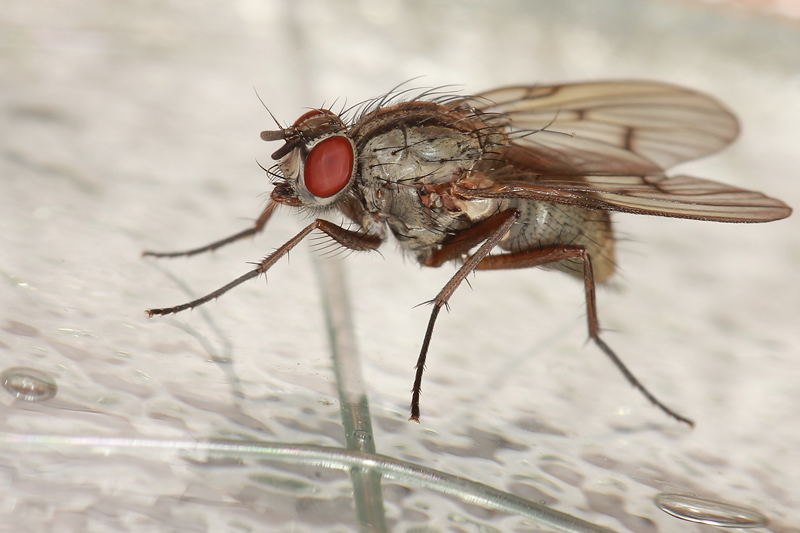 [192.97Kb] |
|
|
|
| Luis Alvarez |
Posted on 28-08-2016 10:19
|
|
Member Location: Pontevedra (Spain) Posts: 413 Joined: 24.01.13 |
.
Luis Alvarez attached the following image: 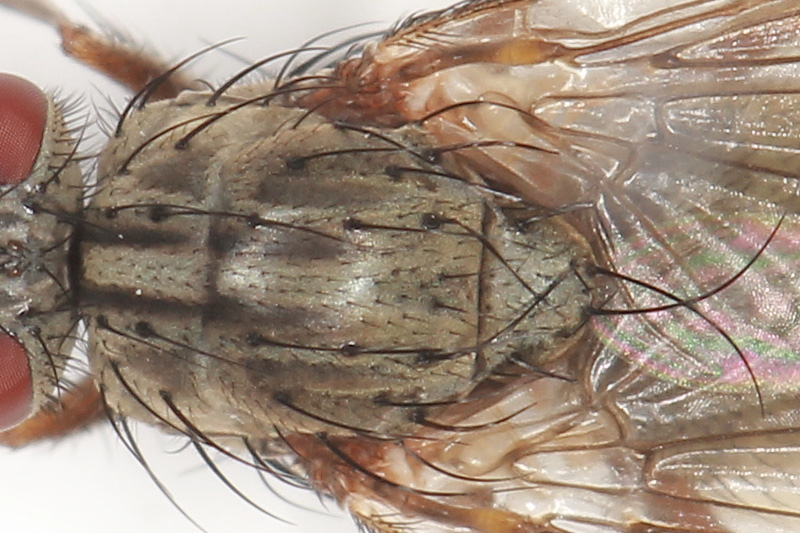 [192.9Kb] |
|
|
|
| Luis Alvarez |
Posted on 28-08-2016 10:20
|
|
Member Location: Pontevedra (Spain) Posts: 413 Joined: 24.01.13 |
.
Luis Alvarez attached the following image: 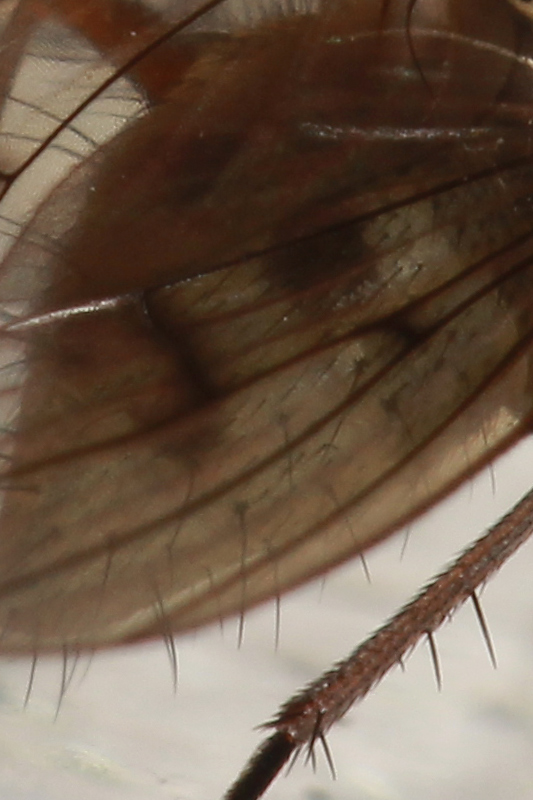 [187.3Kb] |
|
|
|
| oceanlis2000 |
Posted on 05-09-2016 10:13
|
|
Member Location: Wales, UK Posts: 570 Joined: 15.06.10 |
I get these 3 species: vicana, consimilis, fratercula if there is a pd seta in basal 1/4 of tibia 3 = fratercula if not ,consimilis and vicana can be identified by the size of the spots on tergite 3, a clear shot is needed to see size in relation to tergite length Dr Elisabeth A. Harris @FloraConsUK |
|
|
|
| Luis Alvarez |
Posted on 13-09-2016 10:50
|
|
Member Location: Pontevedra (Spain) Posts: 413 Joined: 24.01.13 |
Thanks Elisabeth. I think no pd seta. Best regards, Luis |
|
|
|
Page 1 of 2: 12
| Jump to Forum: |


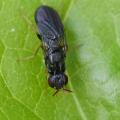



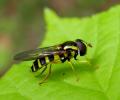
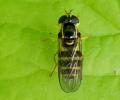

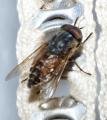
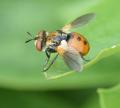


 but don't see the image in the post.
but don't see the image in the post.
